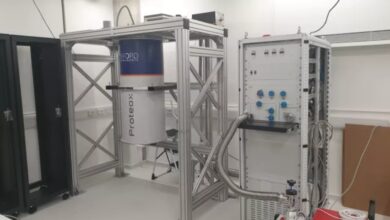Scientists Reveal Surprising Limits on Human Thought Speed

Groundbreaking study, scientists have quantified the speed at which the human brain processes information, and the results are nothing short of astonishing. Research indicates that our brains manage to process information at a rate of just 10 bits per second, a figure that starkly contrasts with our sensory organs, which can gather data at rates millions of times faster.
The study, published in the journal Neuron, suggests that this slow processing rate might explain why humans can only focus on one thought at a time, much like a single file queue. This revelation challenges the common perception of human mental agility, highlighting a significant “speed limit” paradox in brain function.
This discovery has profound implications for understanding human cognitive processes. For instance, activities like solving a Rubik’s cube blindfolded or playing strategy games like StarCraft at a professional level, which require intense cognitive focus, still operate within this 10-bit per second constraint. This means that even when engaging in complex problem-solving, the brain’s processing bandwidth remains surprisingly limited.
Scientists speculate that this limitation could have evolutionary roots. Early animals with nervous systems primarily used their brains for basic navigation, moving towards food and away from danger. The human brain, evolved from these simple systems, might therefore still be optimized for following one “path” of thought at a time.
Moreover, the study raises questions about how the brain filters the vast amount of sensory data it receives. With sensory systems capable of processing around 1 billion bits per second, equivalent to streaming 125 MB of data per second, the brain must employ highly effective filtering mechanisms to focus on what’s immediately relevant for decision-making.
This research not only sheds light on human cognition but also has practical implications. For example, in the field of autonomous vehicle development, where systems are designed to mimic or exceed human decision-making speed, understanding this human cognitive limitation could guide the design of algorithms that are more in tune with human processing capabilities.
The findings have sparked discussions on social media, with posts on X highlighting the surprising nature of these results and comparing human thought processes to outdated technology like dial-up internet. While the discourse on platforms like X often veers into the speculative or humorous, it underscores a broader public interest in understanding the mechanics of our own minds.
This study marks a significant step in cognitive neuroscience, pushing forward our comprehension of how thoughts are processed and suggesting new avenues for research into enhancing human cognitive abilities or compensating for these limitations in technology design.




